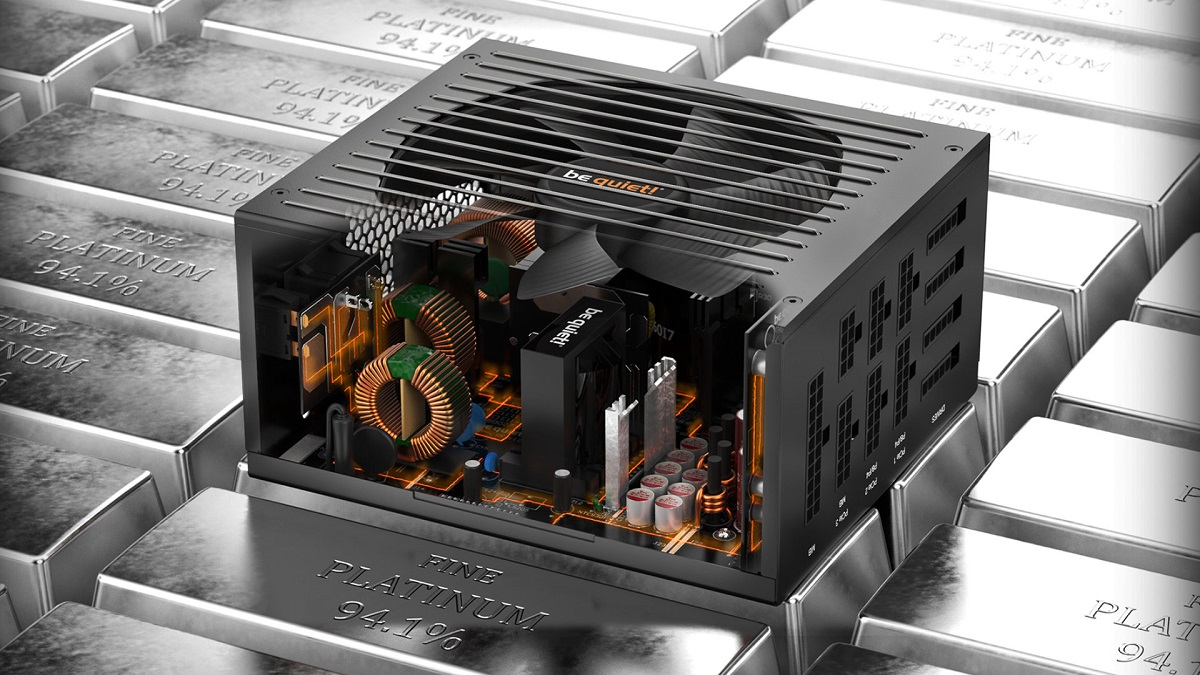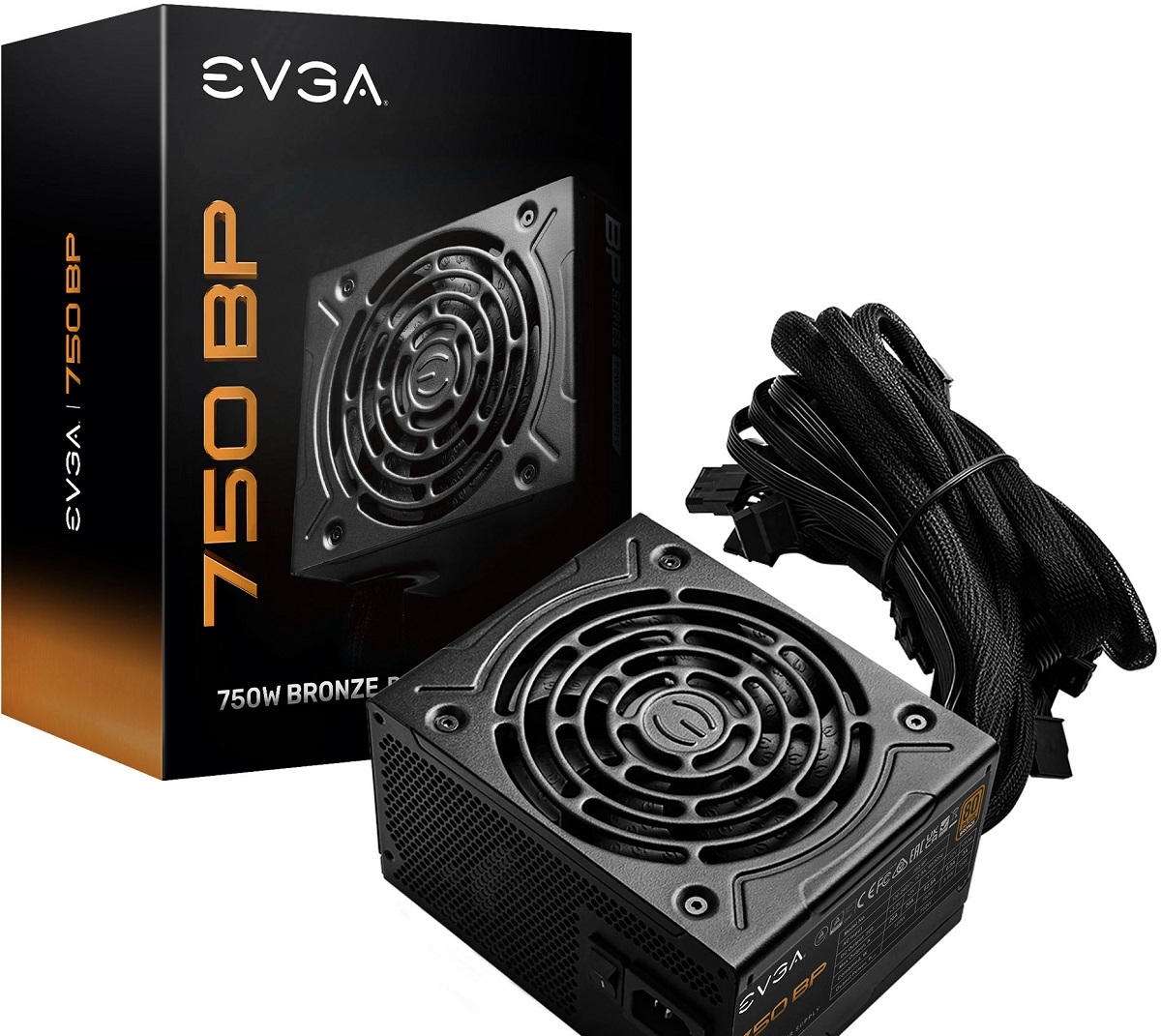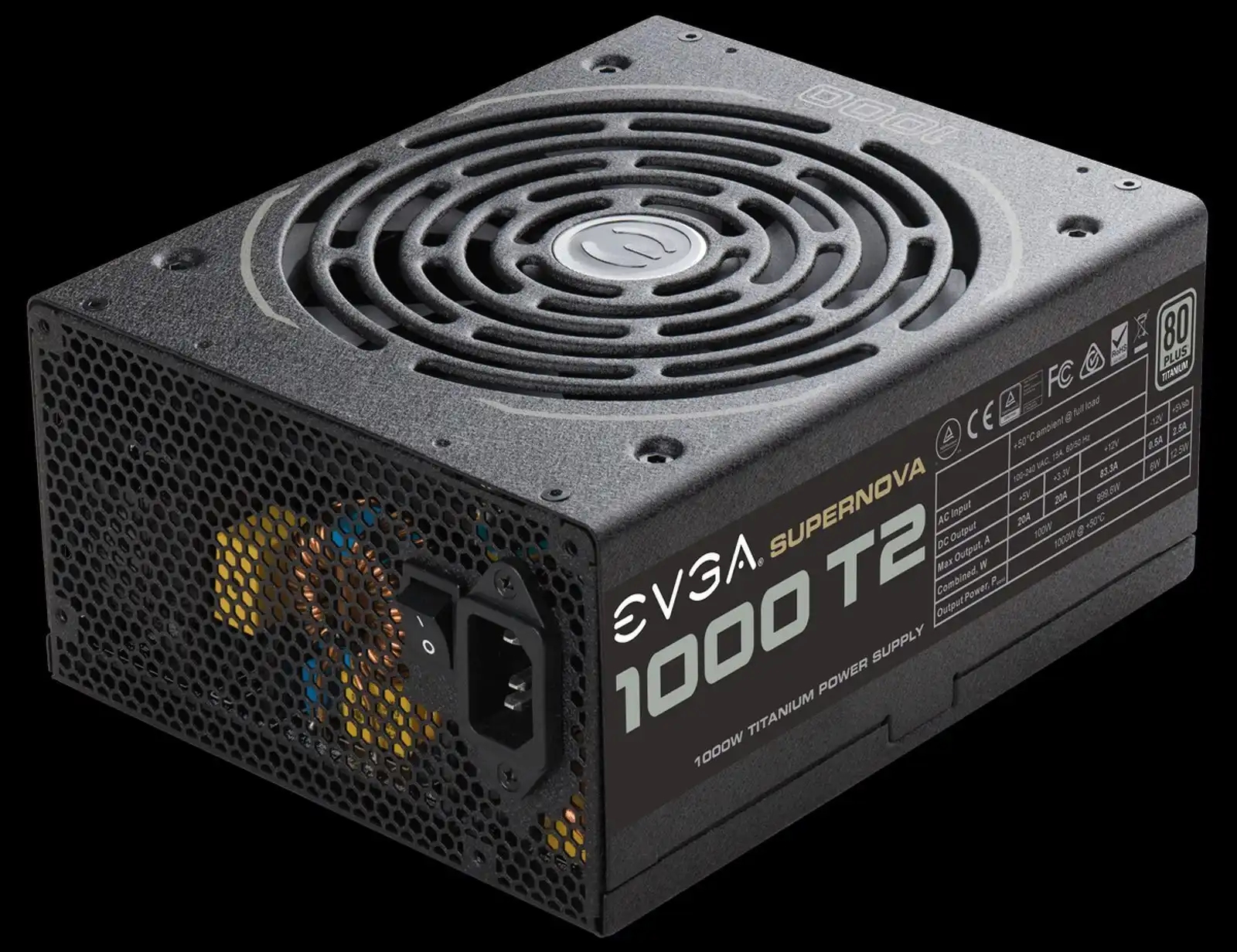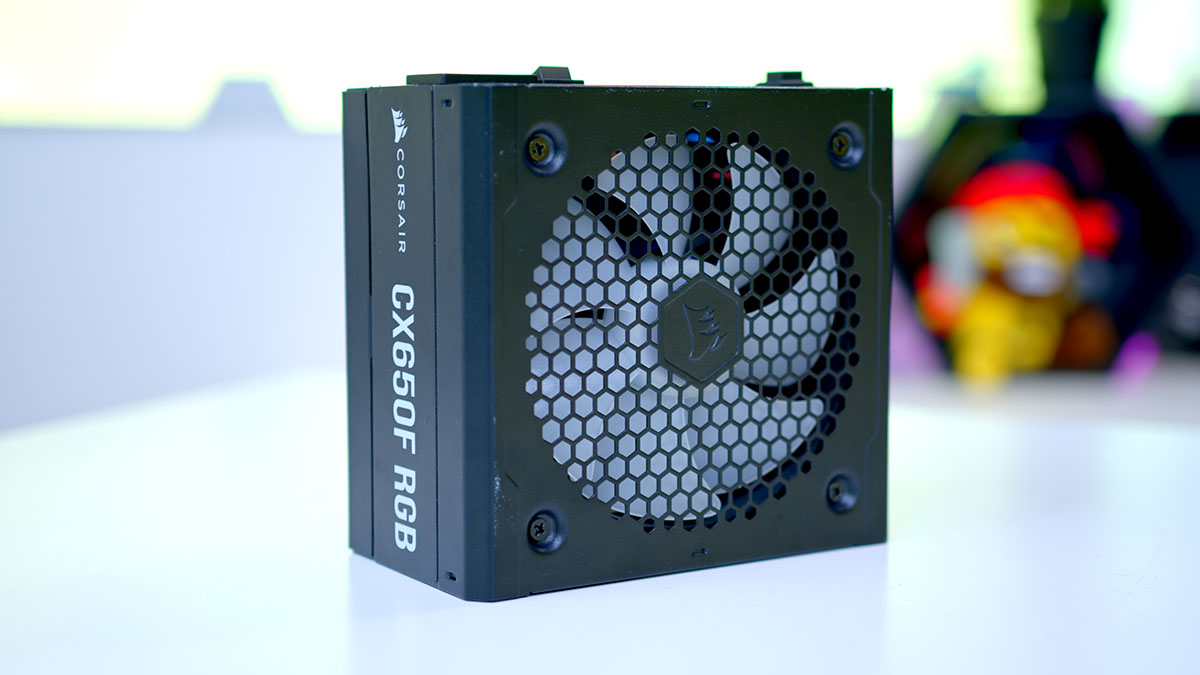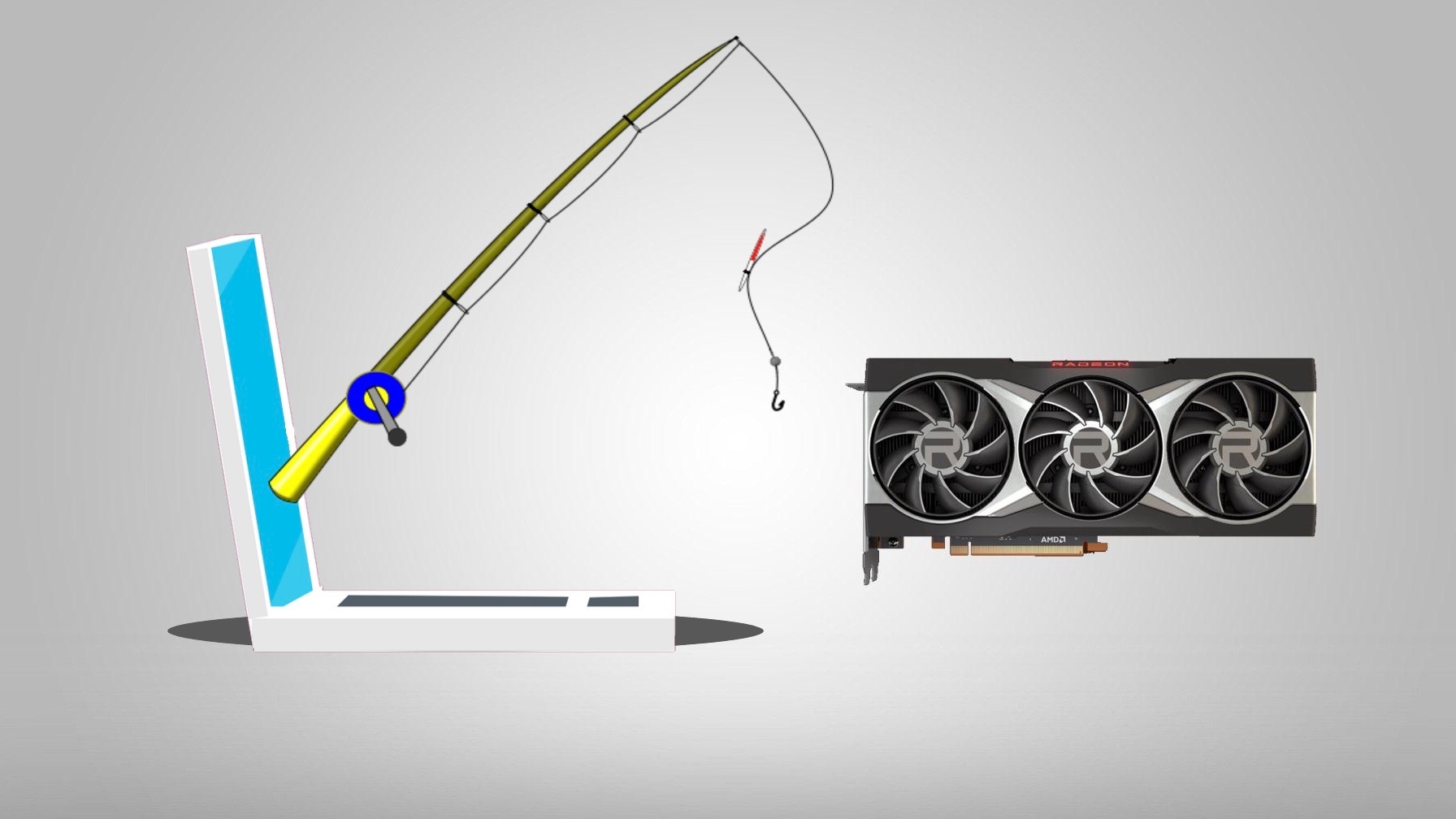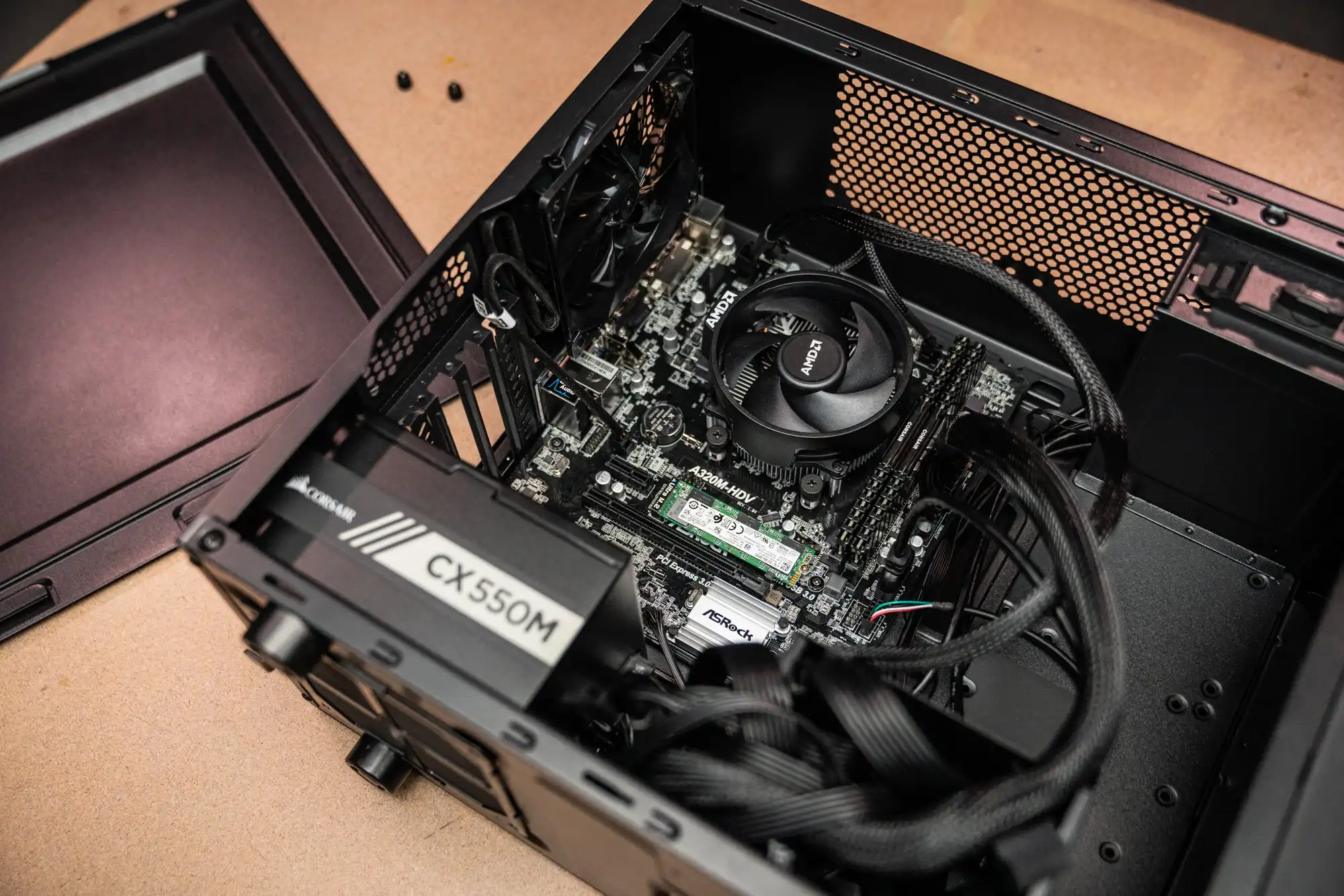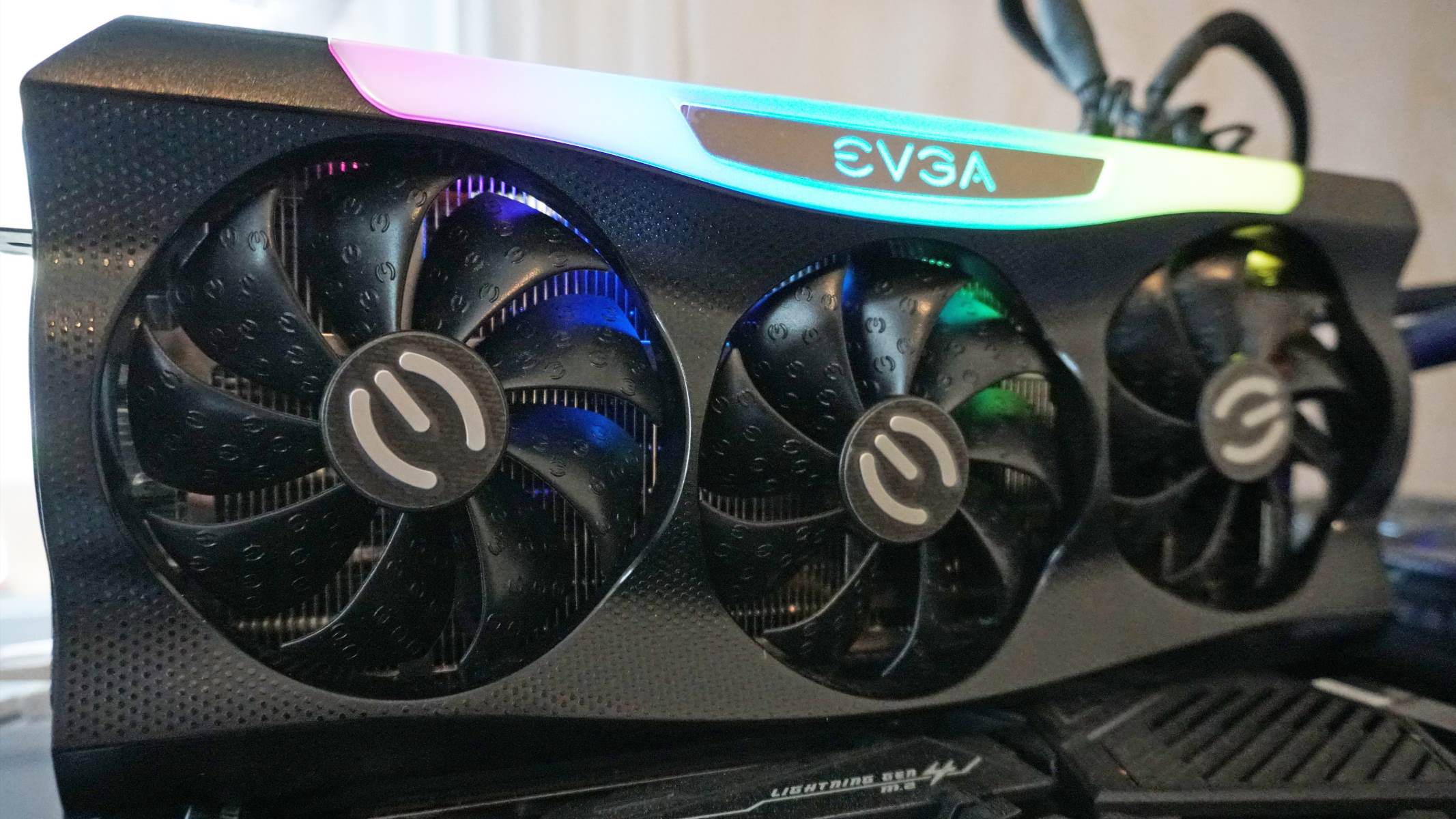Introduction
When it comes to building a gaming PC or upgrading your graphics card, one important factor that is often overlooked is the power supply unit (PSU). The PSU is responsible for supplying power to all the components of your computer, including the GPU.
Choosing the right PSU for your GPU is crucial for ensuring stable and reliable performance. A PSU that is not capable of delivering enough power to your GPU can lead to system instability, crashes, and even damage to your hardware.
In this article, we will delve into the world of PSUs and GPU power consumption to help you determine how much PSU wattage you need for your GPU. We will also discuss the factors to consider when selecting a PSU and provide recommended PSU wattage for different GPU tiers.
By the end of this article, you will have a better understanding of how to choose the right PSU for your GPU and ensure optimal performance for your gaming rig.
Power Supply Unit (PSU) Basics
Before we dive into the specifics of GPU power consumption and PSU wattage, let’s first understand the basics of a Power Supply Unit (PSU).
A PSU is a crucial component of your computer that converts the alternating current (AC) power from your wall outlet into the direct current (DC) power that your computer components require to function. It provides power to all the hardware components in your system, including the CPU, GPU, motherboard, storage devices, and peripherals.
A PSU is measured in terms of its power output, which is typically expressed in watts (W). The wattage of a PSU indicates the maximum amount of power it can consistently deliver. It is important to choose a PSU with adequate wattage to ensure that all your components receive the required power without straining the PSU.
PSUs come in various form factors, such as ATX, SFX, and TFX, to fit different computer cases. They also have different efficiency ratings, ranging from standard 80 Plus certification to higher efficiency certifications like 80 Plus Bronze, Silver, Gold, Platinum, and Titanium. These efficiency ratings indicate how effectively the PSU converts AC power to DC power, with higher efficiency ratings resulting in less wasted energy and lower electricity bills.
Furthermore, PSUs are equipped with different types of connectors to supply power to various components. The most common connectors include the 24-pin ATX connector for the motherboard, PCIe connectors for the GPU, SATA connectors for storage devices, and peripheral connectors for other devices like fans and LED lights.
Understanding the basics of a PSU is essential before delving into the specifications necessary for choosing the right PSU for your GPU. In the next section, we will explore how GPU power consumption impacts the PSU wattage required.
Understanding GPU Power Consumption
GPU power consumption refers to the amount of power that a graphics processing unit (GPU) requires to operate at its full capacity. The power consumed by a GPU is directly related to its performance, as more powerful GPUs typically require more power to deliver higher frame rates and handle demanding graphics tasks.
The power consumption of a GPU is influenced by several factors, including the GPU architecture, manufacturing process, clock speed, core count, and voltage. Newer GPU architectures, such as NVIDIA’s Ampere and AMD’s RDNA 2, tend to be more power-efficient and deliver better performance per watt compared to older generations.
GPU power consumption is typically measured in terms of its Thermal Design Power (TDP), which represents the maximum amount of power that the GPU can draw under typical operating conditions. TDP values are provided by GPU manufacturers and can be used as a rough guideline to understand the power requirements of a GPU.
It is important to note that the TDP does not reflect the actual power consumption of the GPU in all scenarios, as power draw can vary depending on the workload and GPU utilization. For example, when running graphically intensive games or applications, the GPU may consume more power than its TDP, especially if it is overclocked or under heavy load.
To get a more accurate estimate of the power consumption of your GPU, you can refer to third-party reviews, which often measure the power draw of GPUs under different scenarios using specialized equipment. These reviews can provide valuable insights into the real-world power requirements of specific GPU models.
Understanding the power consumption of your GPU is essential when determining the wattage requirements for your PSU. In the next section, we will discuss the factors you need to consider when determining the PSU wattage for your GPU.
Factors to Consider when Determining PSU Wattage for GPU
When it comes to determining the appropriate PSU wattage for your GPU, there are several factors that need to be taken into consideration. By considering these factors, you can ensure that your PSU can adequately provide power to your GPU and other components without any issues.
1. GPU Power Requirements: The power requirements of your GPU are crucial in determining the wattage of your PSU. Check the manufacturer’s specifications or product documentation to find the GPU’s recommended power supply wattage. It is recommended to choose a PSU with wattage slightly higher than the GPU’s requirement to account for other components and potential future upgrades.
2. System Components: In addition to the GPU, you need to consider the power requirements of other components in your system, including the CPU, motherboard, storage drives, memory, and fans. Add up the estimated power consumption of all components to determine the minimum PSU wattage required.
3. Overclocking: If you plan to overclock your GPU or CPU, you will need to account for the additional power it will draw. Overclocking increases the power consumption of the components, so make sure to choose a PSU with a higher wattage to provide sufficient power for stable overclocked performance.
4. Future Upgrades: If you anticipate upgrading your system in the future, such as adding more components or upgrading to a more powerful GPU, it is wise to choose a PSU with higher wattage to accommodate those future upgrades without needing to replace the PSU again.
5. Efficiency and Quality: Consider the efficiency rating and quality of the PSU. Higher efficiency means less power wastage and lower electricity bills. Invest in a reputable brand and quality PSU to ensure stable power delivery and longevity.
6. Modularity: Modular PSUs allow you to connect only the cables you need, reducing cable clutter and improving airflow within the computer case.
By considering these factors and understanding the power requirements of your GPU and other components, you can determine the appropriate wattage for your PSU. In the next section, we will provide recommended PSU wattage for different GPU tiers.
Recommended PSU Wattage for Different GPU Tiers
When selecting a power supply unit (PSU) for your gaming rig, it is essential to match the PSU wattage with the power requirements of your graphics processing unit (GPU). To simplify this process, we have provided recommended PSU wattage based on different GPU tiers. These recommendations serve as a general guideline, and it is always recommended to check the specific power requirements of your GPU.
Entry-Level GPU (Low Power Consumption)
For entry-level GPUs that have low power consumption, such as the NVIDIA GeForce GTX 1650 or AMD Radeon RX 560, a PSU with a wattage rating of around 450-550W should be sufficient. This range allows for additional power headroom for other system components.
Mid-Range GPU (Moderate Power Consumption)
Mid-range GPUs like the NVIDIA GeForce GTX 1660 Super or AMD Radeon RX 5700 XT typically have moderate power requirements. It is recommended to opt for a PSU with a wattage rating of around 550-650W to ensure stable power delivery to the GPU under heavy gaming loads.
High-End GPU (High Power Consumption)
High-end GPUs, such as the NVIDIA GeForce RTX 3080 or AMD Radeon RX 6900 XT, are power-hungry beasts. To meet their demanding power requirements, a PSU with a wattage rating of 750W and above is recommended. This higher wattage allows for efficient and stable power delivery, especially if you plan on overclocking the GPU.
Dual GPU and Extreme Enthusiast Builds
If you are planning to run a dual GPU setup or building an extreme enthusiast system with multiple power-hungry components, it is crucial to choose a PSU with a wattage rating of 1000W or higher. This ensures that each GPU receives ample power for optimal performance and stability.
Remember, these wattage recommendations may vary depending on other factors, such as the specific model of the GPU, CPU, number of storage drives, and overclocking requirements. It is always a good practice to consult the manufacturer’s specifications or seek advice from hardware experts to determine the precise power requirements for your system.
Now that you know the recommended PSU wattage for different GPU tiers, let’s discuss how to choose the right PSU for your GPU in the next section.
Choosing the Right PSU for Your GPU
Choosing the right power supply unit (PSU) for your graphics processing unit (GPU) is crucial to ensure optimal performance, stability, and longevity of your gaming rig. Here are some key factors to consider when selecting a PSU for your GPU:
Wattage: Meet the Power Requirements
First and foremost, match the wattage rating of the PSU with the power requirements of your GPU. Ensure that the PSU can provide enough power to meet the needs of your GPU, taking into account other components in your system. Having a PSU with slightly higher wattage than required allows for headroom and future upgrades.
Efficiency: Opt for Higher Efficiency
Consider choosing a PSU with a higher efficiency rating, such as 80 Plus Bronze, Silver, Gold, Platinum, or Titanium. Higher efficiency PSUs waste less power as heat, resulting in lower electricity bills and reduced strain on your components. It’s a win-win situation.
Modularity: Keep the Cables In Check
Modular PSUs provide the flexibility to connect only the necessary cables, reducing cable clutter and improving airflow within your computer case. This not only enhances the neatness of your build but also aids in better cooling, ultimately benefiting the overall system performance.
Brand and Quality: Invest in Reliability
Choose a reputable brand and ensure the PSU meets industry standards for safety and performance. Quality PSUs come with better components, such as capacitors, that contribute to stable power delivery and longevity of the PSU.
Consider Future Upgrades
If you plan to upgrade your GPU or add more components in the future, consider a PSU with higher wattage to accommodate those changes without the need for replacing the PSU again.
Read Reviews and Seek Expert Advice
Before making a final decision, read reviews from credible sources to learn about real-world performance and reliability. Additionally, don’t hesitate to seek advice from hardware experts who can offer personalized recommendations based on your specific requirements and budget.
By considering these factors and prioritizing the compatibility and quality of the PSU, you can confidently choose the right PSU for your GPU and build a stable, efficient, and powerful gaming system.
In the next section, we will discuss some popular PSU options that cater to different GPU requirements.
Popular PSU Options for Different GPU Requirements
When it comes to power supply units (PSUs), there are several popular options available that cater to different GPU requirements and budgets. Here are some well-regarded PSU choices based on different GPU tiers:
Entry-Level GPU:
For entry-level GPUs, a reliable and affordable PSU option is the Corsair CX450M. With a wattage of 450W, it provides enough power for most entry-level GPUs while offering decent efficiency and modular cabling.
Mid-Range GPU:
If you have a mid-range GPU, consider the EVGA SuperNOVA 650 G5. With a wattage of 650W, it offers excellent efficiency, fully modular cables, and reliable performance, making it suitable for powering mid-range GPUs and other components.
High-End GPU:
For high-end GPUs, the Seasonic Focus GX-850 is a popular choice. With a wattage of 850W, it provides ample power for demanding high-end GPUs and supports multiple PCIe connectors for multi-GPU configurations.
Dual GPU and Extreme Enthusiast Builds:
For those planning dual GPU setups or extreme enthusiast builds, the Corsair RM1000x is a top-tier PSU option. With a wattage of 1000W, it delivers robust power for multiple high-end GPUs, overclocking, and other power-hungry components.
These are just a few examples of popular PSU options available in the market. It is important to note that PSU availability and product offerings may vary in different regions, so it’s always recommended to review the latest options from reputable brands.
Additionally, keep in mind that the specific PSU you choose should meet the necessary wattage requirements, have high efficiency, offer good cable management options, and come from a reliable brand with a solid warranty to ensure long-term performance and peace of mind.
With the right PSU for your GPU, you can enjoy stable and efficient power delivery to support your gaming and intensive tasks without any compromises.
In the next section, we will explore the importance of ensuring proper power delivery to your GPU.
Ensuring Proper Power Delivery to Your GPU
Proper power delivery to your graphics processing unit (GPU) is essential to ensure optimal performance and avoid any stability issues. Here are some important considerations to ensure that your GPU receives adequate and stable power:
Connect the Power Connectors Correctly
Ensure that all power connectors from your power supply unit (PSU) are properly connected to the appropriate ports on your GPU. Most modern GPUs require one or two PCIe power connectors, which provide additional power beyond what they can draw from the motherboard.
Avoid Daisy-Chaining Power Connectors
If your GPU requires multiple power connectors, it is recommended to use separate cables from the PSU rather than daisy-chaining them. This ensures each connector has its dedicated power source, minimizing voltage drops and improving stability.
Check Cable Quality and Integrity
Inspect the cables for any visible damage or fraying. Poor-quality or damaged cables can result in intermittent power delivery or voltage fluctuations, leading to unstable performance and potential damage to your GPU. Replace any faulty cables with high-quality ones.
Overload Protections and Safety Features
Choose a PSU that offers overload protections such as over-current protection (OCP), over-voltage protection (OVP), and short-circuit protection (SCP). These safety features help safeguard your GPU and other components from potential power-related issues.
Adequate Airflow and Cooling
Ensure proper airflow and cooling within your PC case, especially around the GPU. Adequate cooling prevents heat buildup, which can affect the efficiency and performance of your GPU. Proper cable management and the use of case fans can significantly contribute to better airflow.
Maintain a Stable Power Source
Avoid connecting your PC to an outlet shared with high-power devices like refrigerators or air conditioners, as these devices can introduce electrical interference. It is recommended to use a surge protector or uninterruptible power supply (UPS) to protect your system from power surges or sudden outages.
By following these guidelines, you can ensure that your GPU receives the necessary power for optimal performance, stability, and longevity. Remember to choose a high-quality PSU, connect the power cables correctly, and maintain proper cooling to unleash the full potential of your GPU.
In the next section, we will conclude the article by summarizing the key points discussed.
Conclusion
Choosing the right Power Supply Unit (PSU) for your graphics processing unit (GPU) is crucial for maintaining stability and achieving optimal performance in your gaming PC. By considering factors such as GPU power requirements, system components, efficiency, modularity, brand reliability, and future upgrades, you can find a PSU that meets your GPU’s needs.
Understanding GPU power consumption and the recommended PSU wattage for different GPU tiers allows you to make an informed decision when selecting a PSU. Popular options, such as the Corsair CX450M for entry-level GPUs, EVGA SuperNOVA 650 G5 for mid-range GPUs, Seasonic Focus GX-850 for high-end GPUs, and Corsair RM1000x for dual GPU and extreme enthusiast builds, offer excellent performance and reliability.
Ensuring proper power delivery to your GPU is vital for stability and efficient operation. Connect power cables correctly, avoid daisy-chaining connectors, check the quality of cables, utilize overload protections and safety features, ensure adequate airflow and cooling, and maintain a stable power source to maximize your GPU’s potential.
Building a gaming rig involves multiple components, and every decision matters. By carefully selecting the right PSU for your GPU, you can ensure a smooth and enjoyable gaming experience with minimal risks of system instability or damage.
Remember to stay updated on the power requirements of new GPUs and consult reputable sources when selecting a PSU. By understanding the intricacies of power supply and GPU compatibility, you can create a reliable and powerful gaming setup that will meet your needs for years to come.







